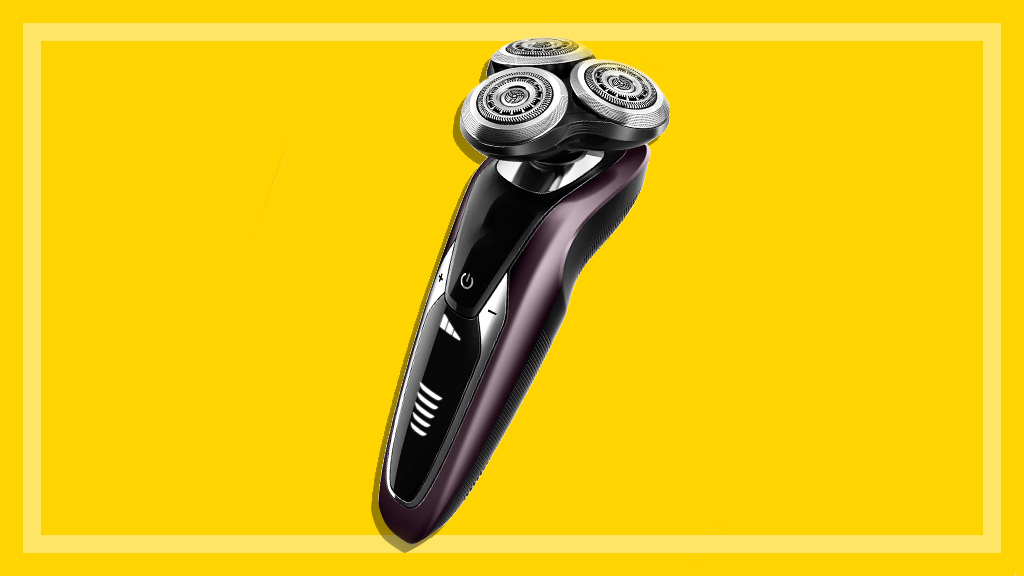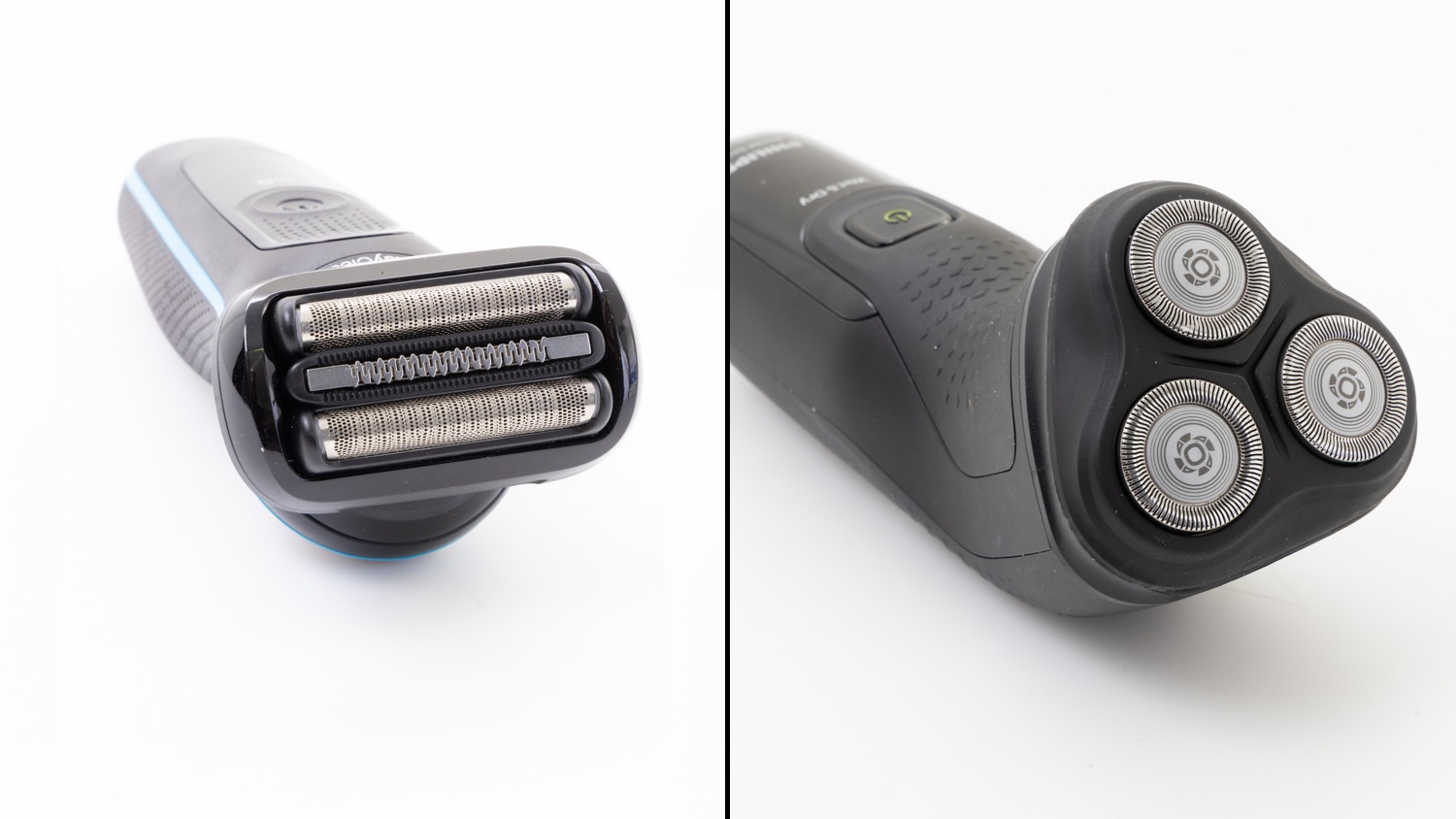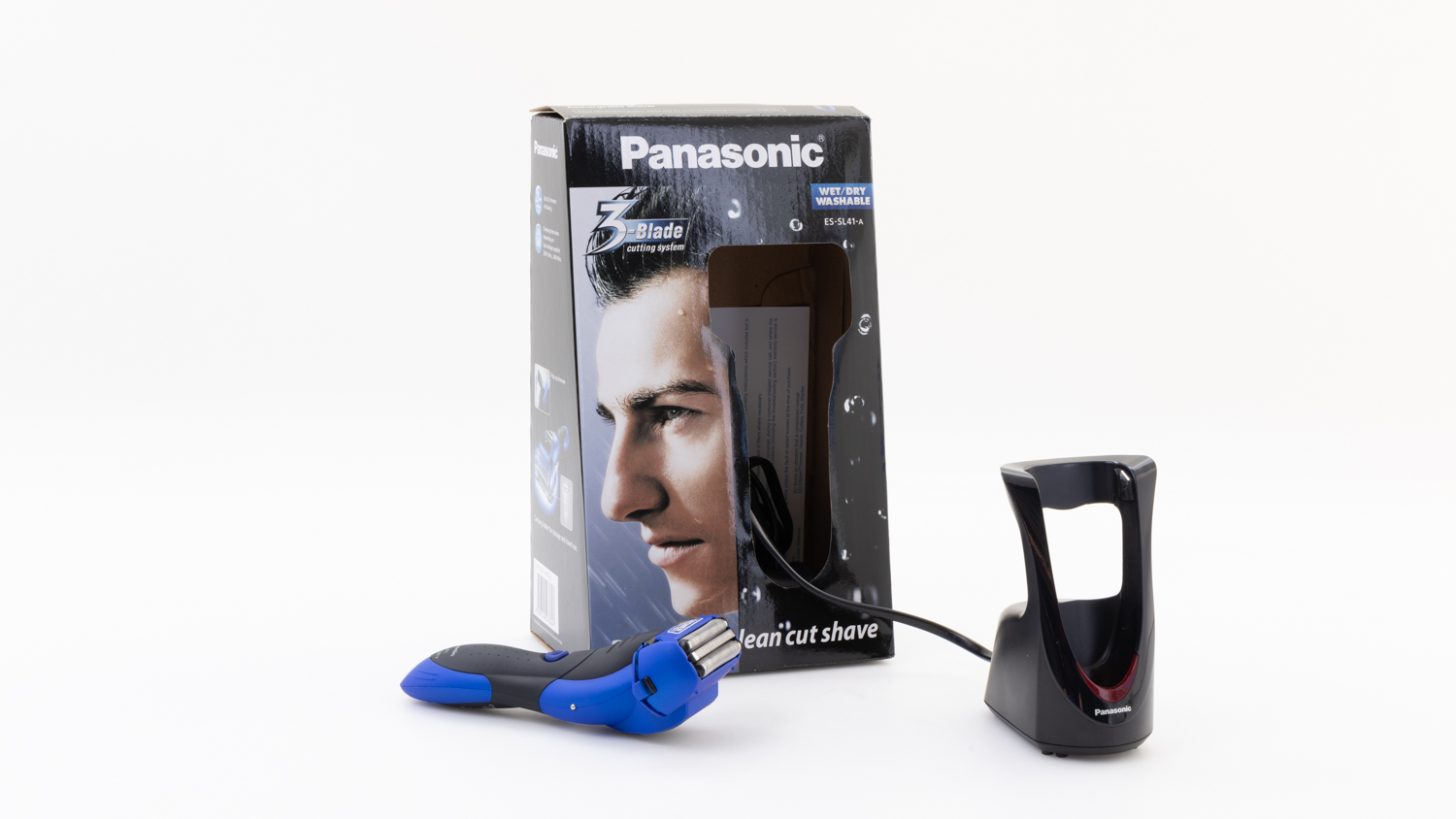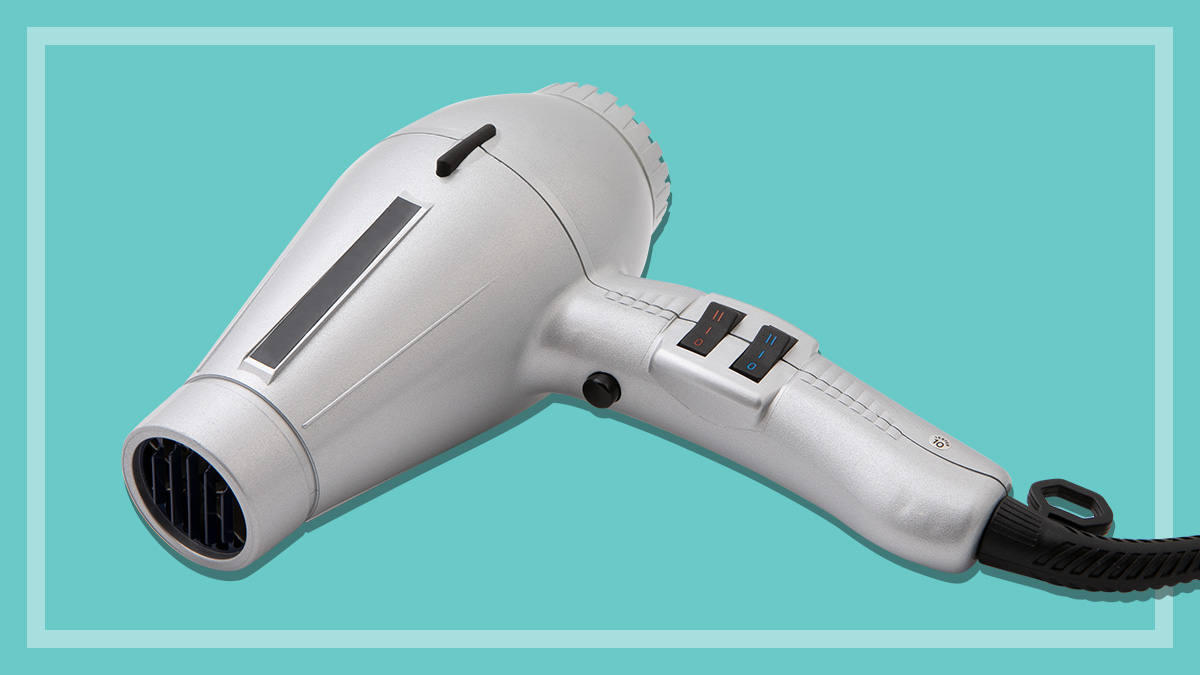Get our independent lab tests, expert reviews and honest advice.
How to buy the best electric shaver

The age-old battle for domination of the shaving cabinet continues, with electric shavers versus razors getting both camps in a lather.
On this page:
- Should I buy an electric shaver or manual razor?
- Cord vs cordless shavers
- How much do electric shavers cost?
- How to recycle an electric shaver
Maybe you’re thinking it’s time to cut the razor and switch to electric, but you’re not sure if the other side of the fence is smoother?
We explain why an electric shaver may be better for your beard (and moustache), and how to choose the best model for you.
Should I buy an electric shaver or manual razor?
The main differences between shaving methods is convenience and price.
Electric shavers can cost more than $500, whereas disposable razors are much, much cheaper. But the cost can add up over time, especially if you shave every day.
Comfort is also an important, albeit subjective, factor.
Some people find the electric shaver more comfortable, others prefer razor. It’s often down to what you (and your skin) are used to.
Whatever you decide, you need to give your skin time to adjust to the change.
Electric shaver
Electric shavers are convenient and mess-free. They can come with a range of features such as multiple shaving heads, cooling heads, sonic vibration and shaving sensors that can determine differences in beard density and adjust the power accordingly.
Plus, a good shaver is less likely to leave nicks and razor burn than a razor.
But the initial outlay can be expensive. You’ll probably only need to replace the head every six to 12 months, but this can cost around $50 or more for the more expensive models.
Razor
Razors are cheaper, they tend to give a closer shave and there’s no need to recharge. But they’re messier to use and more likely to nick or cut the skin.
You’re also locked in to a brand’s blades – which is tricky when you go shopping and can’t remember if you have a Fusion, Mach, Hydro or Quattro.
Is a foil or rotary shaver better?
Foil shavers use oscillating blades beneath a perforated foil to cut the hair. Rotary shavers use two or three rotating heads to lift and cut the hair.
Each type is said to train hair to grow in a particular direction, so it’s best to use an electric shaver for two to four weeks before deciding if it’s right for you.
In both our ease of use and performance tests, we found that rotary shavers are no better than foil shavers, and vice versa. It mostly comes down to the overall quality of the shaver and how it feels, so what you choose is purely a matter of personal preference.
We found that rotary shavers are no better than foil shavers, and vice versa
But you shouldn’t switch between the two after prolonged use as facial hair will grow in response to the shaver type. If you’re switching from foil to rotary or vice versa, give your face at least a month to adjust.
So, what’s right for you? As a guide, we asked a few of our experts why they went with rotary or foil during their switch to an electric shaver:

Denis Gallagher – rotary: “While I had used foil shavers very early on in my shaving days 30 years ago, the experience wasn’t particularly good as if felt the follicles were often pulled rather than cut. I have found the rotary experience to be a better option for me.”
Matt Steen – rotary: “I was a trialist in the previous shavers test when I joined CHOICE and that’s the type I was given to test. I never changed after that.”
Sam Nall – foil: “My parents gifted me one in my early twenties, but knew nothing about the different types. I still use that one today, ten years later.”
Cord vs cordless shavers
Cordless shavers are well and truly the norm these days. In fact, you’d be hard pressed to find one that isn’t battery-operated, purely because they’re that much more convenient.
Most use a nickel metal hydride (NiMH) rechargeable battery, though some use a lithium-ion (li-ion) rechargeable battery, which is longer lasting.
A charge indicator or low battery light is handy. But if the battery goes flat, most new models will have enough power for at least one shave after just a few minutes of recharging.
Other things to look for in a cordless electric shaver are:
Charger type
Most cordless shavers still use a traditional charging cable, but some have switched to USB charging, and these won’t always come with a USB cable or wall charger. Most homes have a few of these kicking around from old phones though, so check before buying new.
Charging cradle
This offers an easy way to store and charge your shaver if you have room to leave it plugged in.
Quick charge
This feature can cut total charge time to as little as one hour from a completely dead battery. Though handy, it’s not a must have.
Cleaning
All shavers will require manual cleaning to some degree, and cleaning under water is generally all you’ll need to do. If you don’t think you need a wet and dry shaver, at least make sure the shaver can be put under a running tap for cleaning.
Some come with a brush to remove hair, and some shavers come with a cleaning dock where the shaver cleans itself while recharging. Other models we’ve seen have a sonic vibration cleaning mode.
Models that only offer manual cleaning need to be disassembled. This can be tricky if you have strength or dexterity limitations. You also need to reinsert the pieces back in the correct slots, and although there are visual indicators, they aren’t always clear.

What to look for in an electric shaver
Other features worth considering include:
Accessory kits: These often include travel pouches, cleaning tools and shaving oil.
Head tilt lock: This locks the shaver head in position (either a single position or multiple positions). It can be particularly useful when shaving hard-to-reach areas.
Pivoting heads: These adjust to the curves in your face and neck to assist shaving.
Shaving technology claims: Manufacturers make all sorts of claims about the advanced shaving technologies on offer, such as “Nano Skinglide Coating” or “Auto Sense Technology”. They supposedly offer very general improvements such as a better quality shave, or improved performance for sensitive skin. In reality, our tests found that they didn’t make much of a difference.
Trimmer: If you like to style your moustache, beard or sideburns, this feature is essential. A trimmer can be attached to the shaver or come on a separate head.
How much do electric shavers cost?
Electric shavers in our test range in price from around $40 for a basic model, up to over $450 for a premium shaver. In our tests, we’ve generally found that a good shave doesn’t come cheap.
How to recycle an electric shaver
Appliances don’t just go in the bin, particularly when a battery is involved. You’ll need to take your old shaver to a local e-waste disposal service, which you can find in the Recycling Near You database.
Otherwise, most local councils are likely to take them during e-waste drop-off events that happen throughout the year. Check your local council website or give them a call to find out if electric shavers can be dropped off in your area.
Remember to attach the protective cap before taking your shaver to a disposal point. This will help prevent injury from the razors when staff are sorting through large amounts of e-waste.





